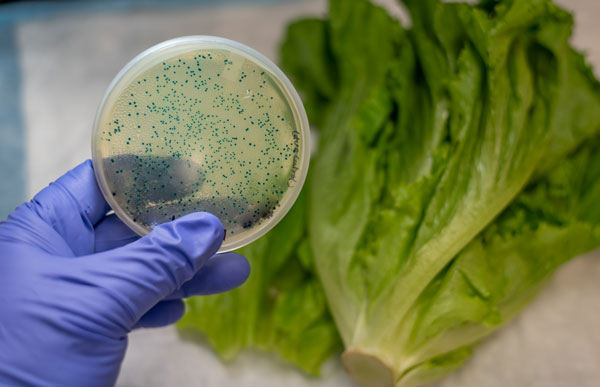September is National Food Safety Month: The Future of Food Safety
Each September we recognize the importance of food safety every day in our operations by celebrating National Food Safety Month. This year’s theme, The Future of Food Safety, emphasizes the changing environment in which foodservice operates. Each week of September has a unique focus:
- Regulation Changes—Staying compliant with new regulations
- Suppliers—Best practices for receiving food
- Consumers—Responding to new trends and technologies
- Employees—Their role in ensuring food safety
Go to www.foodsafetyfocus.com to download resources related to these four focus areas.
At FoodHandler, we believe that food safety should be the focus in foodservice operations every day. This month our blog presents ideas for creating a positive food safety culture, which we believe forms the foundation for a strong food safety program. We are pleased to provide on-going support for operators through webinars, blogs, signage, logs, and other resources. Let us know how we can support you—
The Future of Food Safety is important for all of us. Do something extra this month to focus on food safety—provide a training session, use a table tent to communicate to customers your concern for food safety—let your imagination run wild!
READ MORE POSTS
Don’t Turn a Blind Eye to Your Food Defense Practices
Late last week, as I mindlessly scrolled through Twitter, I ran across a Tweet suggesting the #IceCreamChallenge from summer 2019 was the real cause of the Coronavirus spread. Of course, the Tweet was made tongue in cheek, but it did cause me to reflect on that challenge, which had a short life on social media in the summer of 2019.
Salmonella and Listeria monocytogenes: Serious Threats to the Safety of Food
Earlier in the month, I mentioned the top microbial enemies we all face in foodservice operations, E. coli, Campylobacter, Salmonella, and Listeria monocytogenes. While we discussed E. coli and Campylobacter, we did not get around to discussing Salmonella or Listeria monocytogenes.
E. coli, Campylobacter, Salmonella, and Listeria monocytogenes…oh my!
Last month, I blogged a bit about the human factor in food safety. In the foodservice management realm, I do think the human factor is our biggest challenge, day in, day out. While the human factor is a major contributor to most foodborne illness outbreaks, we can’t forget about the microbial enemy we face on a daily basis.
The Human Factor and Food Safety
A few weeks ago, we discussed the top five causes of foodborne illness, 1) Improper hot/cold holding temperatures of time and temperature control for safety foods; 2) Improper cooking temperatures of food; 3) Dirty and/or contaminated utensils and equipment; 4) Poor employee health and hygiene; and 5) Food from unsafe sources. As I noted, all of these items are not in the direct control of your staff, but most can be. For the second blog this month, I wanted to discuss a bit more about the human factor in our food safety programs.











